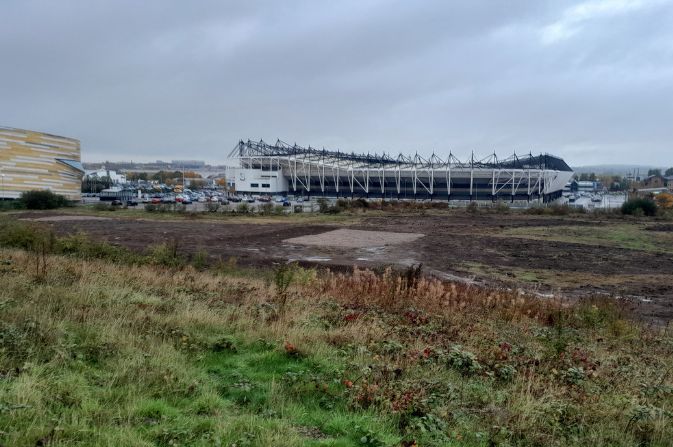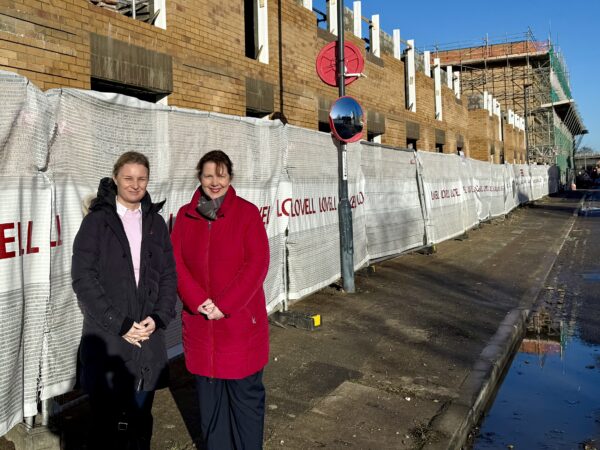Latest News | 4 November 2025
New wetland area set to attract more bird species to city

Derby City Council has been working with wildlife experts to create a new wetland area for ground-nesting birds at a city nature reserve.
The Sanctuary Bird and Wildlife Reserve, at Pride Park, is one of the city’s 10 designated Local Nature Reserves.
The latest project has focused on the northern part of the reserve and the creation of a new wetland area for ground nesting birds, particularly waders, and primarily lapwing and little-ringed plovers.

The Sanctuary, established in 2004 on former industrial land, lies next to the River Derwent, which serves as a crucial corridor for dispersing bird life.
The works, completed by specialist ecological and habitat contractors Cura Terrae and overseen by an independent ecologist, involved removing some scrub to create the open environment these birds need to breed successfully.
Funding for the project was provided by the Our City, Our River (OCOR) scheme and Section 106 funding.
OCOR is a major flood prevention project being delivered by Derby City Council and the Environment Agency.
While the area itself is not open to the public, there are several viewing points, two with disabled access, all freely accessible from the Derby Arena car park, allowing visitors to watch the wildlife without causing disturbance.
Councillor Ndukwe Onuoha, the city council’s cabinet member for Streetpride, parks and leisure, said: “This exciting habitat project demonstrates our commitment to biodiversity and the local environment, creating a unique habitat in the city that supports the recovery of beautiful and vulnerable ground-nesting birds.
“This investment in The Sanctuary ensures that Derby’s green spaces not only survive but actively thrive as crucial stopovers and breeding grounds for a wide range of birds.”
Nick Brown, formerly with Derbyshire Wildlife Trust, has been a regular visitor to the reserve over 20 years and assists the council team that manages the site by sharing his expertise.
He said: “While scrub is an important habitat for many birds, the great value of this site has been the open areas where the vegetation is kept low, with shallow pools here and there.
“This habitat attracts wading birds such as lapwings and even the rare little ringed plover, a former breeding bird on the reserve.
“At migration time, birds such as wheatears, whinchats and even ring ouzels were recorded annually when the site was more open than it is now, so this project will definitely benefit these birds which stop over to feed during their migrations.”


